Suzuki Jimny LCV review: the Jimny's back, as a van
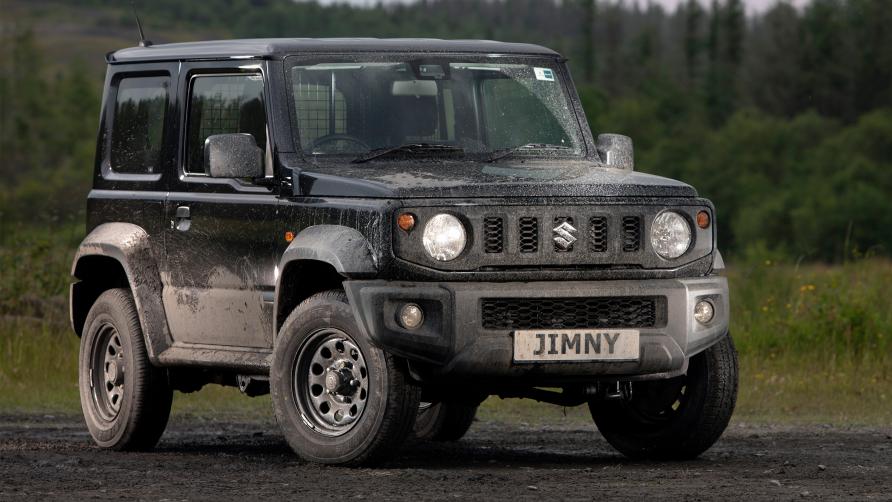
Woah, didn’t the Suzuki Jimny go off sale?
It did indeed. But after a year or so’s hiatus, it’s back. With a twist: it’s now available exclusively as an LCV – a light commercial vehicle, which is van in plain English – and in Suzuki speak, it’s coming to British shores in ‘very limited numbers’. That means 480 units in its first year on sale, or around three per dealer. Getting your name down on one of these is probably harder than for a GT3 Touring.
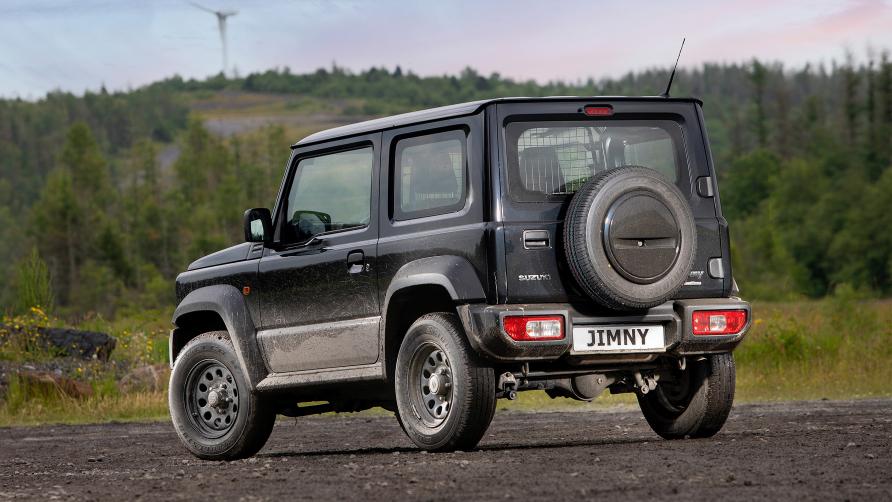
Really?
Suzuki says it could easily sell ten times as many and is turning people away. Examples of the old four-seat Jimny are still going for £25,000-plus (RM144k) on the second-hand market even though they’ve been accruing age and mileage. Expect some speculators to swoop in for these Jimny LCVs, then, given they’re priced at £16,796 (RM97k) before VAT – or a still tantalising £19,999 (RM115k) if you’re buying it as a private user and popping the tax on top.
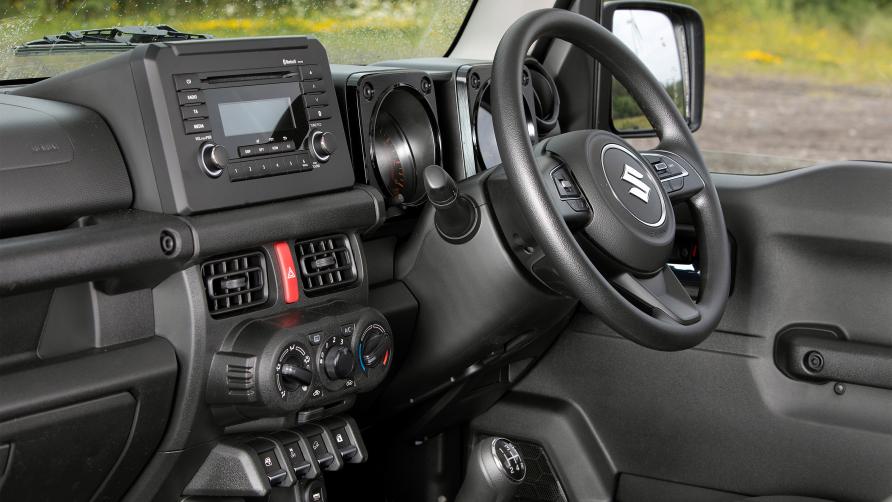
What do I get for the money?
There’s just one specification available, and it’s adorably basic. No sat nav or climate control, just a digital radio and regular air con. There are buttons galore inside.
While you’ve a choice of colours up top – including a two-tone scheme like our old Jimny long-term test car – the natty steel wheels you see here never change. All the better for bashing mercilessly down bumpy lanes as you travel the countryside with your rural dog grooming business operating out the back.

How much fur detangler will I fit back there?
The Jimny LCV has naturally scalloped out the back seats – we only ever drove our Jimny with them flipped down anyway – and with ‘em out of the way, you’ve a satisfyingly square 863-litre luggage capacity with a cage ahead of it so nothing comes flying you and your passenger’s way when your off-road adventure gets hectic. Mind, it’s only 33 litres more than a regular Jimny with the seats folded, it’s just now the floor is completely flat. The payload is 150kg, which is pretty paltry, and it's worth bearing in mind the windows haven't been blanked off.

Remind me of its performance.
The Jimny uses an unashamedly coarse 1.5-litre petrol engine free of new-fangled turbocharging and latched to a five-speed manual gearbox. It pumps out a princely 100bhp and 129 Nm of torque ‘good’ for 0-100 kph in… well, Suzuki’s never said. Reckon on 12 seconds with a tailwind. The top speed is 145 kph, while its not-so eco numbers are 7.7/100km and 173g/km of CO2. But naturally you’re barking up the wrong tree if any of the above bothers you; this is a car made for tough utilitarianism above all else.
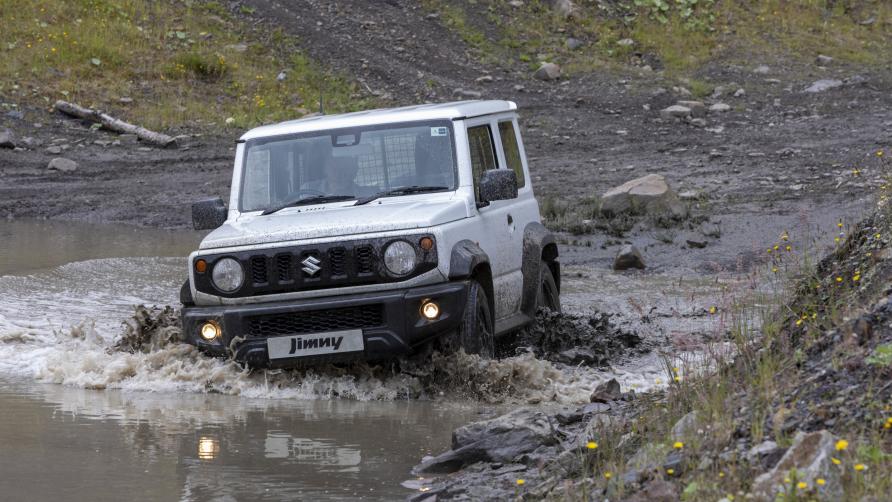
So it’s good off road…
That’s certainly the best place for it. A Jimny on road is a cheery experience when you’re in the right mood, but a downright fraught and flighty one when you’re not (and the weather is bad). Drive one in a strong gale and you’ll be having flashbacks for weeks. Off road is where it shines, where you can fling it up and down implausibly steep hills with nary a concern, its weeny overhangs removing all the stress. The transmission notches between rear- and four-wheel drive, with the high and low settings of the latter.
This is when you begin to understand Suzuki steadfastly sticking with this engine even when its emissions punted the Jimny pitilessly from European showrooms: it just takes abuse, buzzing away like you’re about to see pistons ping from the bonnet yet still asking for more.
It works at least as hard as the suspension, with the whole car (sorry, van) just in its element bouncing through forests, quarries or whichever other ridiculous destinations you’ve ended up in by unerringly following a sat nav set to ‘shortest route’. You’ll accidentally end up in the middle of a classified firing range long before the mechanicals beneath you are even close to being outfoxed.
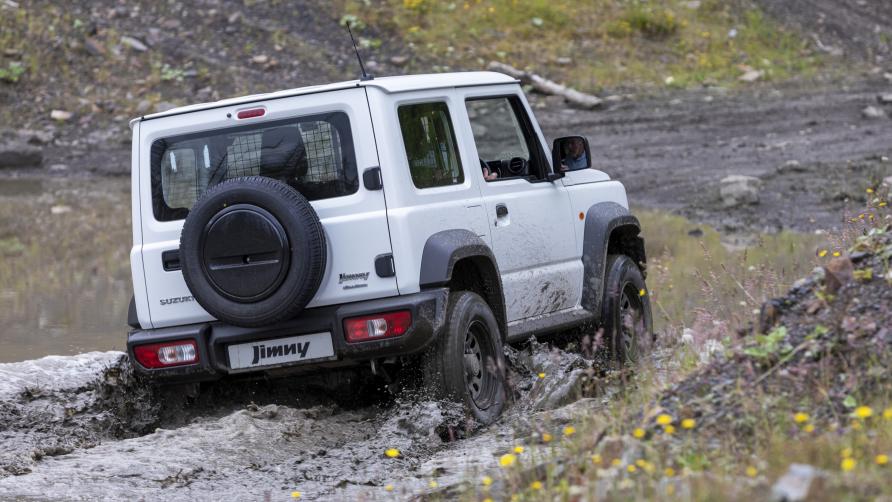
Is there a catch?
I guess its wider ability is as limited as its availability. A car so uncompromising is rare these days, but that’s precisely where the Jimny’s charm has always lay. Turning it into a van makes it objectively better, too – the rear seats were always tiny (and its boot tinier still if they were fixed in place) and such a proudly practical vehicle can only improve with a bigger payload. The frightening cost of used Jimnys proves that spending as little as £17k (RM98k) on a new one is good value, too, even if a Dacia Duster Commercial starts at £11,995 (RM69k) with triple the payload.

